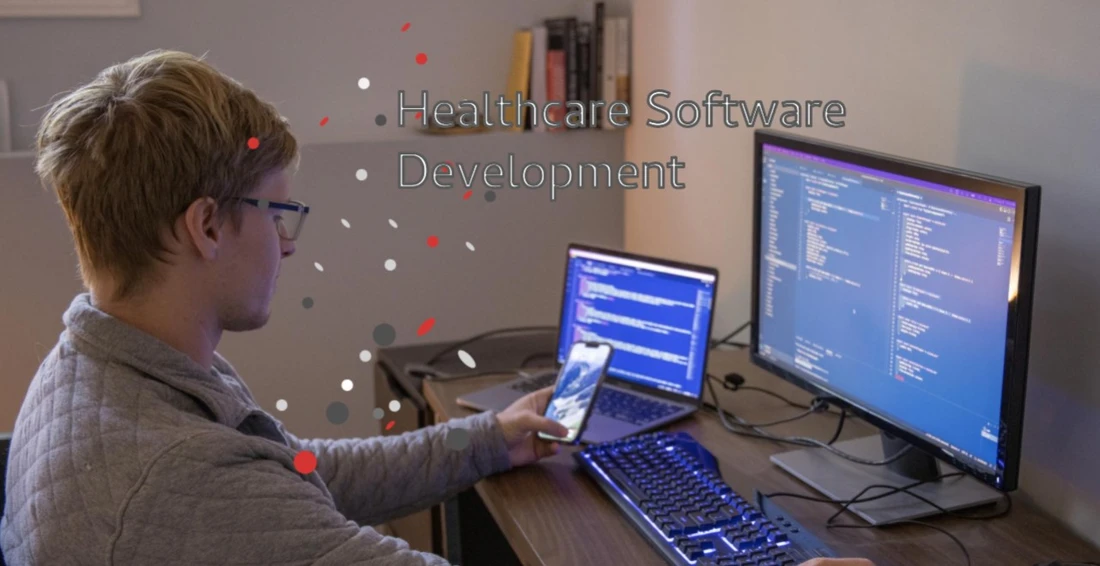Nothing is more crucial than being on time and ensuring seamless client transfers. Coordinating arrivals, managing traffic, and ensuring timely pickups can be challenging tasks. That’s why investing in efficient airport taxi booking software can streamline operations and enhance customer satisfaction.
Thankfully, technology has solutions to these challenges, and paving the way for smoother operations and better on-time performance. Let us see how adopting airport taxi booking system can change airport transfer services.
What causes delays in airport transfers?
Before we look at the answers, let’s identify what causes those dreaded delays:
- Untrustworthy Information: Inaccurate flight data, unexpected gate changes, and poor communication between airlines, ground staff, and taxis can lead to confusion and time waste.
- Manual Processes: The manual process of hiring a taxi to reach your destination or an airport can waste significant time and can cause delays. Also, it might be hard to find a cab during the peak hours.
- Traffic Jams: Unexpected traffic jams can disrupt even the most carefully made plans. It is a nightmare for passengers to wait for cabs while their flights are inching closer to taking off.
Technology automation in airport transfer software
You can depend on technology for your business growth and success, especially in airport transfers. As modern-day travelers heavily use mobile devices, you should implement technologies that facilitate their user behavior. Using outdated technology can leave your travelers confused and encourage them to switch to a different user-friendly service provider.
Thus, here you can analyze the role of airport taxi booking software and how it helps to retain your passengers.
1. Tracking systems for real-time locations
Real-time tracking systems are one example of much advancement in airport transfer services. The airport taxi booking platform uses GPS technology, which enables monitoring of both vehicles and passengers’ locations at any given moment. You can provide accurate information about where your drivers are located and enable them to track their transfers easily.
When a flight is delayed, it causes uncertainty among passengers and drivers. With real-time tracking capabilities, you can proactively inform the driver about the delay so that they may adjust pickup time accordingly while still keeping every passenger’s step updated.
- System of Dynamic Dispatcher: Use an intelligent system instead of a manual dispatcher. It can evaluate current information such as driver’s availability, passenger location and traffic conditions to assign the nearest and most appropriate taxi for each pickup.
- Communication by Automatic Driver: A computerized program can provide real-time information about pickup points, passenger descriptions, and flight postponements to drivers. This guarantees that drivers arrive on time and are ready for their trips. Your drivers don’t have to waste time connecting with passengers via phone calls.
Automate the dispatching process to reduce response times, minimize driver idle time, and maximize fleet utilization. You can use connected devices and integrate them with other technologies, such as real-time tracking and predictive analytics.
Now, let’s learn how to use mobile apps to create a connected environment that improves operational efficiency.
2. Use of connected devices like mobile apps
In the current digital era, mobile applications have become a must-have for your business and you cannot ignore the importance of airport taxi booking software. An excellent mobile app allows customers to book and manage their transfers conveniently and has several features that streamline the whole process.
Automation has more benefits than just being on time. Here is what you get when you adopt automation:
- Better Customer Experience: Less waiting, clear communication, and seamless transfer are ingredients for happy customers. Automation kills stress, ensuring a smooth journey from arrival until their final destination.
- More Revenue: When flights are not missed due to timely arrivals, people become satisfied clients who may recommend your services to others, thus building loyalty among them. Automation also allows for efficient handling of many bookings, which translates into increased income generation.
- Improved Operational Efficiency: Machines do repetitive work so that humans may engage in more valuable tasks, like attending to visitors or devising plans for company growth. Resource allocation gets optimized while administrative costs go down, thanks to this kind of balancing act brought about by automated systems.
A mobile app can significantly enhance customer experience through live tracking and notifications during journeys and seamless payment processing coupled with feedback channels.
Furthermore, you need to create a collaborative ecosystem by collecting valuable data on how users behave while using these services. Here’s how you can do it.
3. A collaborative ecosystem
Collaboration is vital if we want automation to succeed within an airport setting. However, it should not stop there because there are still many things we need to work on together before realizing its full potential within our industry. Here are some possible avenues towards achieving success in this regard:
- Open Data Sharing: When airlines share real-time information about their flights with ground staff and taxi operators, there will be transparency, enabling them to get a shared understanding of what causes delays so that they can work jointly towards mitigating these factors.
- Intelligent Infrastructure: If airport management systems were integrated with those used by taxis, traffic flow within the facility would be optimized, which might further cut down on pickup times, especially during peak hours when most people are flying into or out of town.
- Seamless Passenger Journey: Imagine if automation could power a single platform that allows passengers to book everything from flights to transfers all at once. This would eliminate the need for using multiple apps, making travel hassle-free.
Conclusion
Technology automation presents numerous opportunities for solving problems experienced by airport taxi booking service providers. Streamlining operations is possible through real-time tracking systems, predictive analytics, automated dispatching, and mobile applications, among other things, which help reduce delays while increasing on-time arrivals for clients.
These gadgets not only make your business efficient but also improve overall customer experience. People want services delivered promptly in this time-constraint market. Anything less than this may result in failure or stagnation. Thus, it can leave you behind others who have embraced cutting-edge innovations driven by digital transformation as far as punctuality is concerned.
Therefore, take advantage of technology automation today to change how you provide airport transfer services. This will make customers happier while helping you achieve greater success in your venture.




